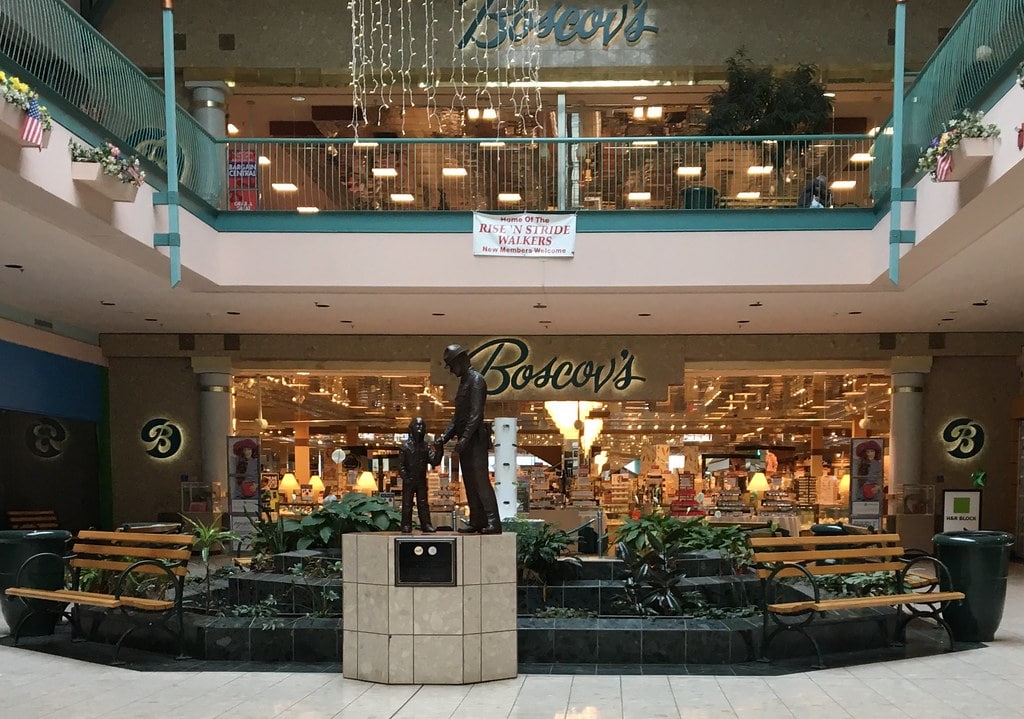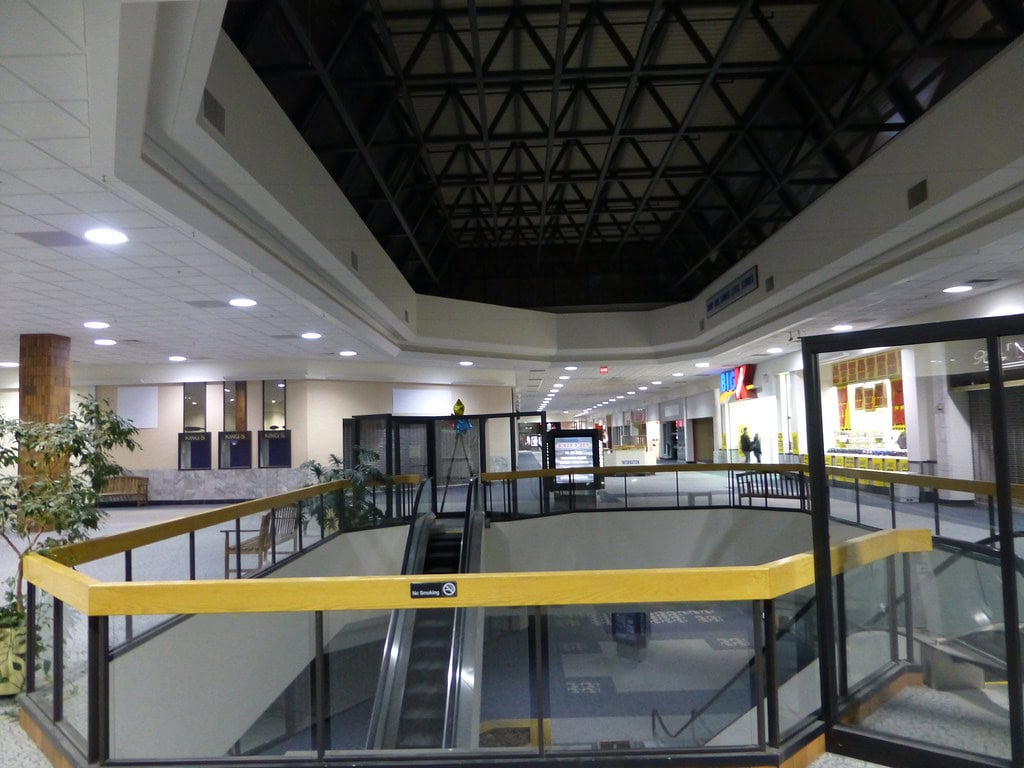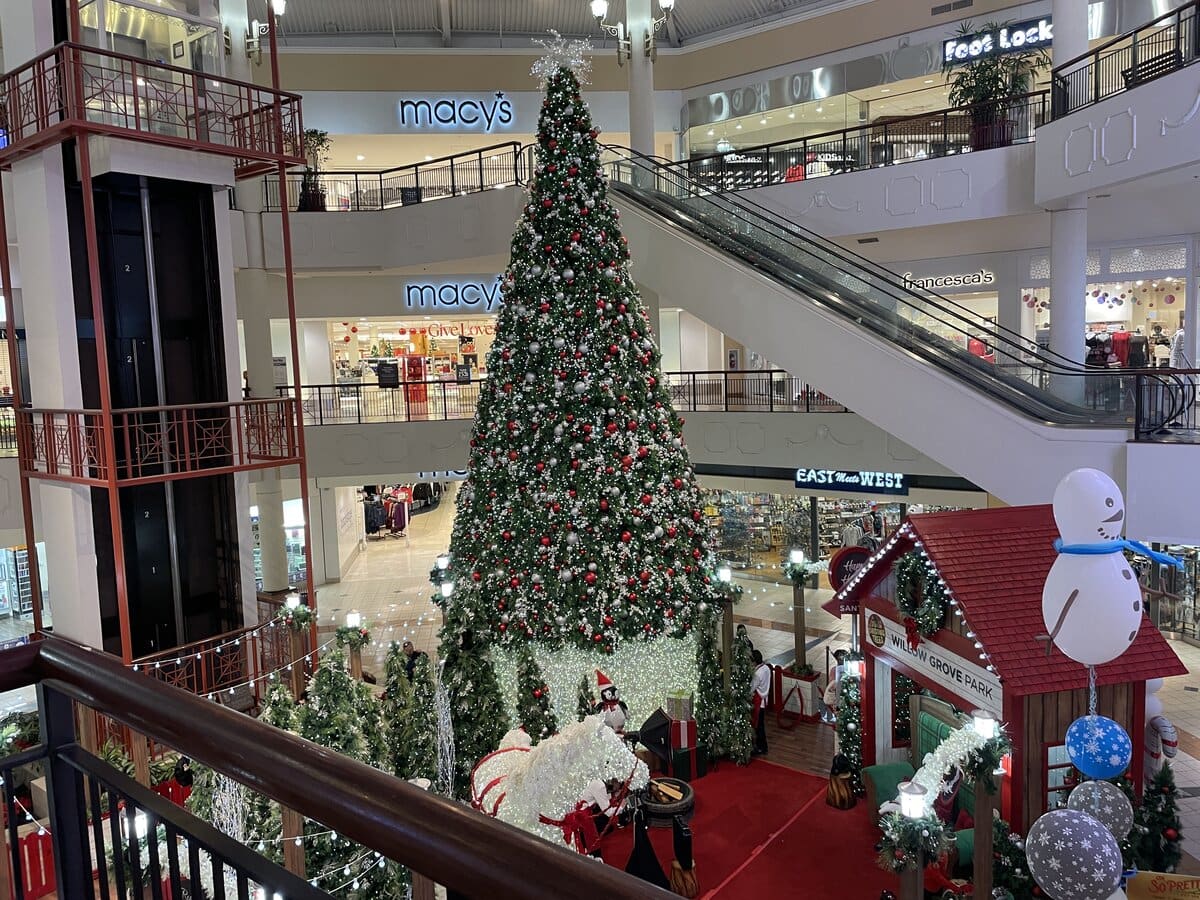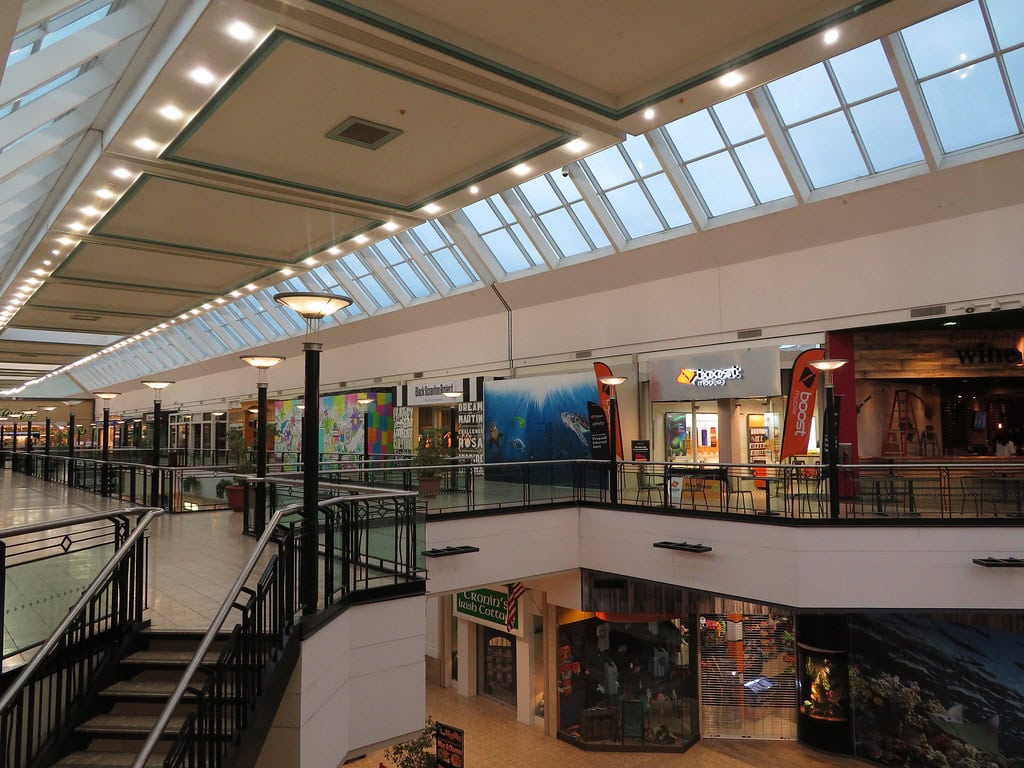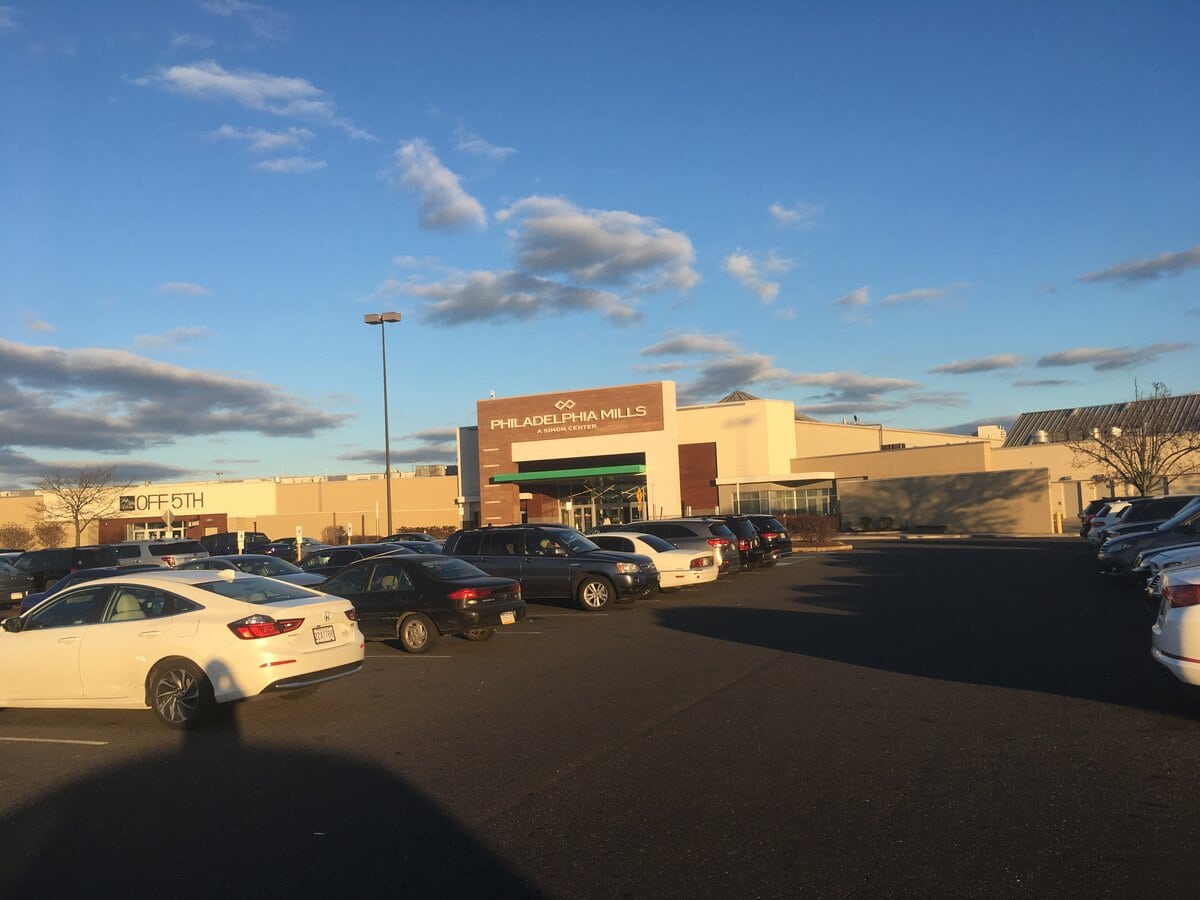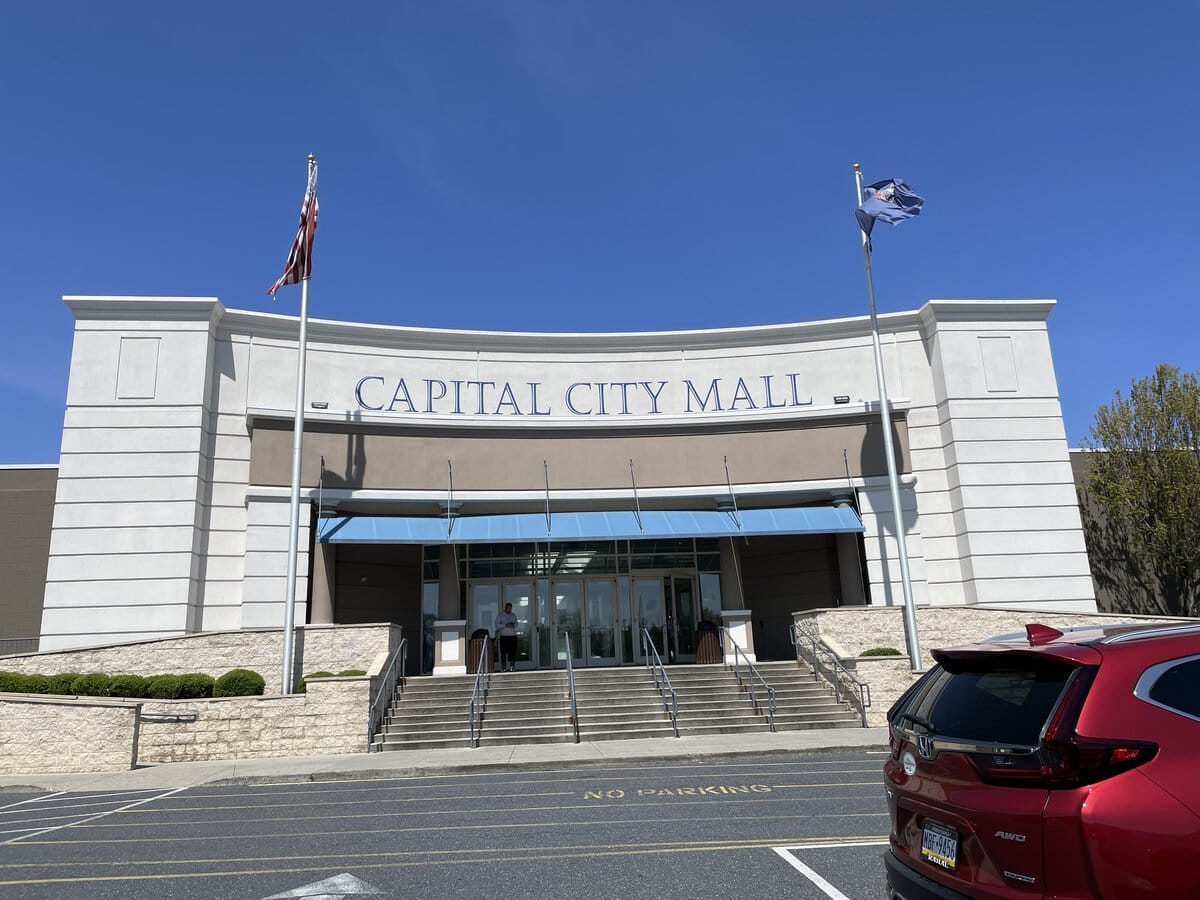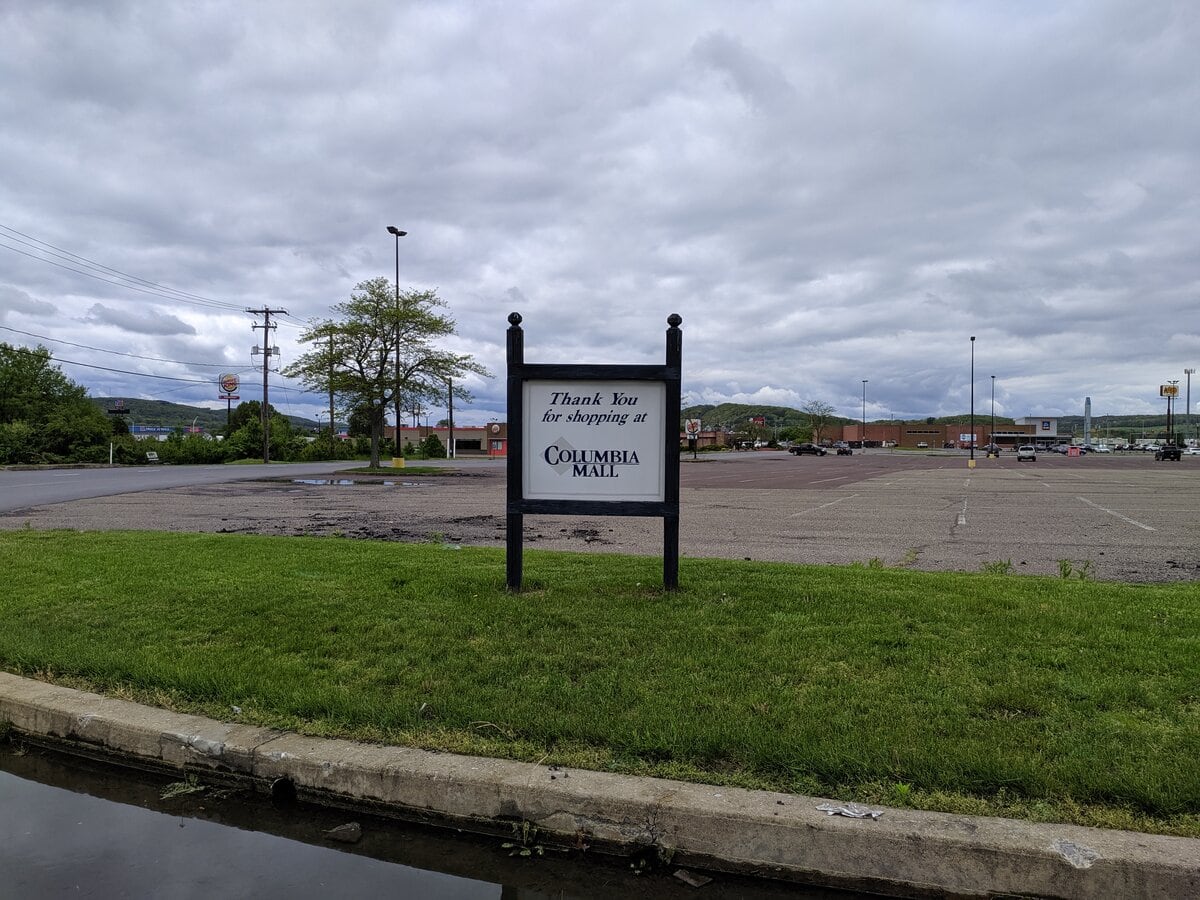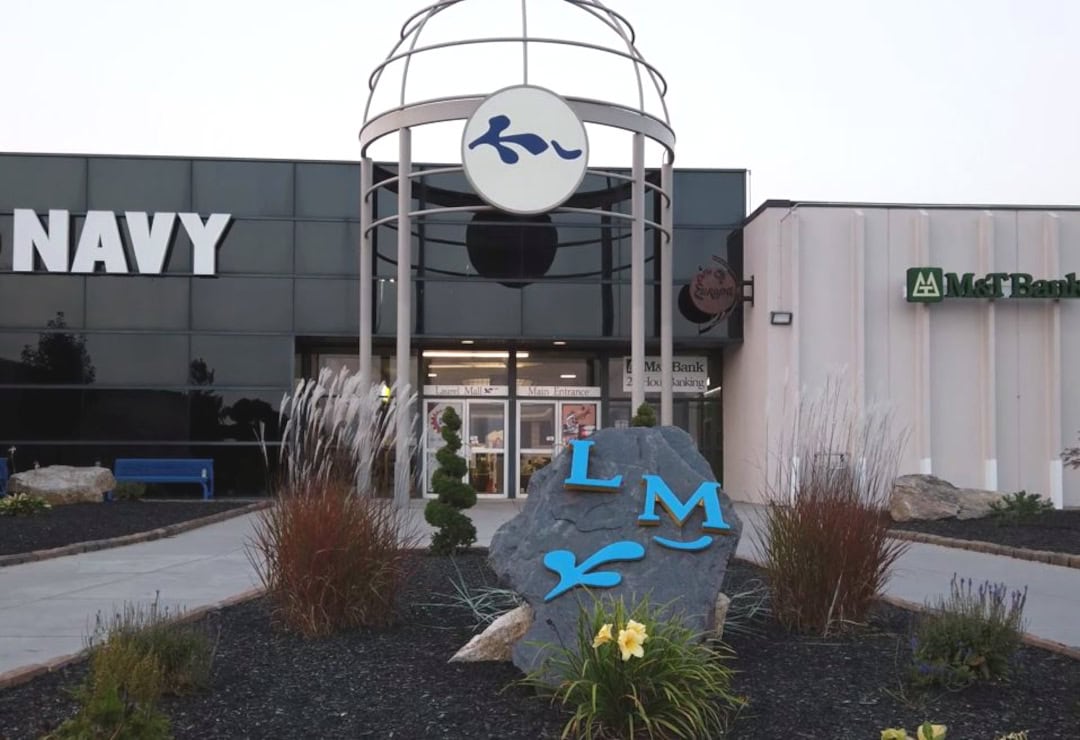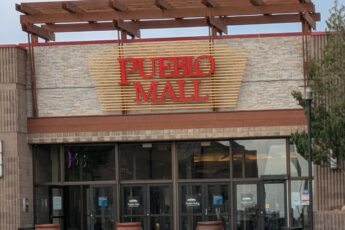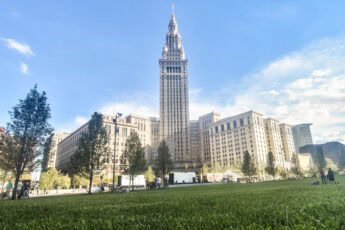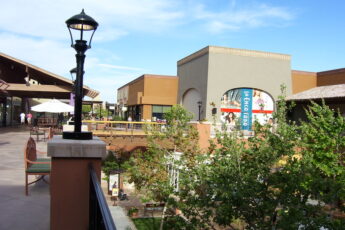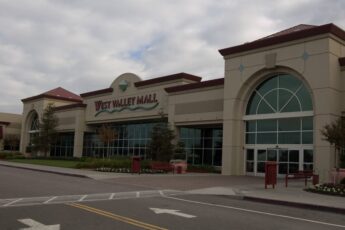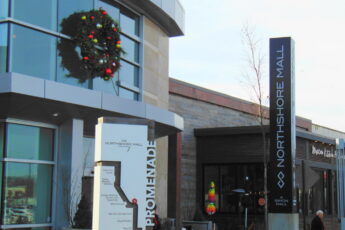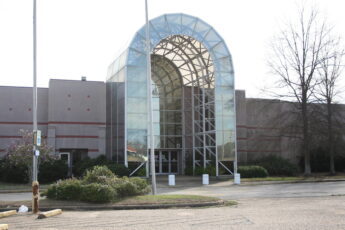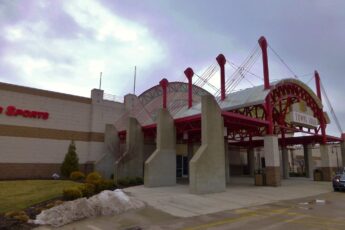Origins and Development of Greengate Mall (Greengate Centre)
The Rouse Company developed Greengate Mall near Greensburg, Pennsylvania, during the 1960s.
Construction began in 1964, and the mall officially opened on August 18, 1965.
It was the third fully enclosed shopping center in the Greater Pittsburgh area and covered 651,000 square feet of retail space. Anchor tenants played a crucial role in the mall's initial success.
The original anchors included department stores such as Horne's, J.C. Penney, and Montgomery Ward.
These stores were well-known retail names, drawing in a steady flow of customers.
Alongside the anchor stores, Greengate Mall featured over 100 specialty shops.
These included retailers like Waldenbooks, RadioShack, and Foot Locker, which catered to a wide range of customer needs.
Greengate Mall's layout consisted of two floors, with 3,270 parking spots providing ample space.
The design and infrastructure supported the mall's role as a key shopping destination in the region.
This enclosed space offered a controlled environment, making it a popular choice for shoppers, especially during the harsh winters common in Western Pennsylvania.
In its early years, the mall also introduced unique features like a General Cinema movie theater, which added entertainment options beyond shopping.
With its blend of major department stores, specialty shops, and entertainment, Greengate Mall established itself as a commercial hub and a go-to location for those searching for things to do in Greensburg, Pennsylvania.
Retail expansion within the mall continued through the 1970s, with new stores opening and adding to the variety available.
Brands like Herrold Jewelers, New York & Company, The Gap, KB Toys, and Spencer Gifts became staples, attracting shoppers.
The presence of these stores helped Greengate maintain a competitive edge in the local market, even as other shopping centers started to emerge in the region.
Throughout this period, the mall experienced high foot traffic and steady sales.
Shoppers from all over Westmoreland County and beyond made Greengate Mall their preferred destination for both everyday needs and special purchases.
The mall's management, under The Rouse Company, ensured that the mix of retailers and the overall shopping experience remained fresh and appealing, which played a crucial role in its early success.
Challenges and Decline
The retail landscape around Greengate Mall began to shift in the late 1970s.
The opening of Westmoreland Mall in 1977 introduced new competition, particularly with anchor stores like Sears and Kaufmann's, which Greengate Mall lacked.
This competition started to draw away some of Greengate's regular customers and retailers.
By the early 1990s, the mall faced more challenges.
J.C. Penney, one of its original anchor stores, relocated to Westmoreland Mall in 1994.
This move left a large vacancy in Greengate Mall, which was difficult to fill.
Around the same time, Walmart opened a store nearby, introducing a new level of retail competition that offered both convenience and lower prices.
The decline accelerated when The Joseph Horne Company, another key tenant, was acquired by Lazarus in 1994.
The transition wasn't smooth, and by 1996, the Lazarus store at Greengate Mall closed its doors.
This left the mall with fewer anchor stores, reducing its appeal to both shoppers and remaining retailers.
By 2001, the situation at Greengate Mall had worsened significantly.
Montgomery Ward, the final original anchor store, closed due to the company's bankruptcy.
With this closure, the mall lost much of its remaining customer base.
Attempts to revitalize the mall, including a plan to turn it into a telecommunications center, failed.
The mall stood mostly empty until THF Realty purchased the property in 2003, leading to its eventual demolition.

Transition to Greengate Centre
In 2003, after years of decline, the former Greengate Mall site entered a new chapter.
Construction of the Greengate Centre began soon after the demolition.
The goal was to create a modern open-air shopping center.
By 2005, the new Greengate Centre opened its doors to the public.
Unlike the enclosed mall it replaced, Greengate Centre was designed as a power center, focusing on big-box stores and national retail chains.
The new lineup of tenants included major players like Walmart, which had already proven its ability to draw customers in the area.
Other anchors, such as Jo-Ann Fabrics, Ross Dress for Less, and Petco, also established themselves as key attractions within the center.
The transformation from a traditional mall to a power center marked a shift in the area's retail strategy.
Greengate Centre focused on offering convenience and variety, targeting a different shopping experience than its predecessor.
The center's open-air design, combined with ample parking and easy access from U.S.Route 30, made it an attractive destination for shoppers.
Expansion and Growth of Greengate Centre
Adjacent developments like Greengate Centre East and Greengate North Plaza added to the retail footprint, bringing more stores and services to the area.
Greengate Centre East, built in the early 1980s as a strip shopping center, found new life as part of the larger Greengate complex.
Big Lots became one of the main tenants, occupying a space that had once been home to a Giant Eagle supermarket.
The addition of stores like Wines & Spirits and Play It Again Sports further diversified customers' shopping options.
Greengate North Plaza, originally part of the old Greengate Mall complex, also saw redevelopment.
This area, which had once housed a General Cinema movie theater, was repurposed for a mix of office and retail use.
Tenants like First Commonwealth Bank and various medical offices moved in, offering services beyond just retail shopping.
These expansions allowed Greengate Centre to continue growing and adapting to the needs of the community.
The center maintained its relevance in the local market by continuously updating its offerings and ensuring a mix of retail, service, and entertainment options.
This growth helped solidify Greengate Centre's position as a major commercial hub in Hempfield Township.

